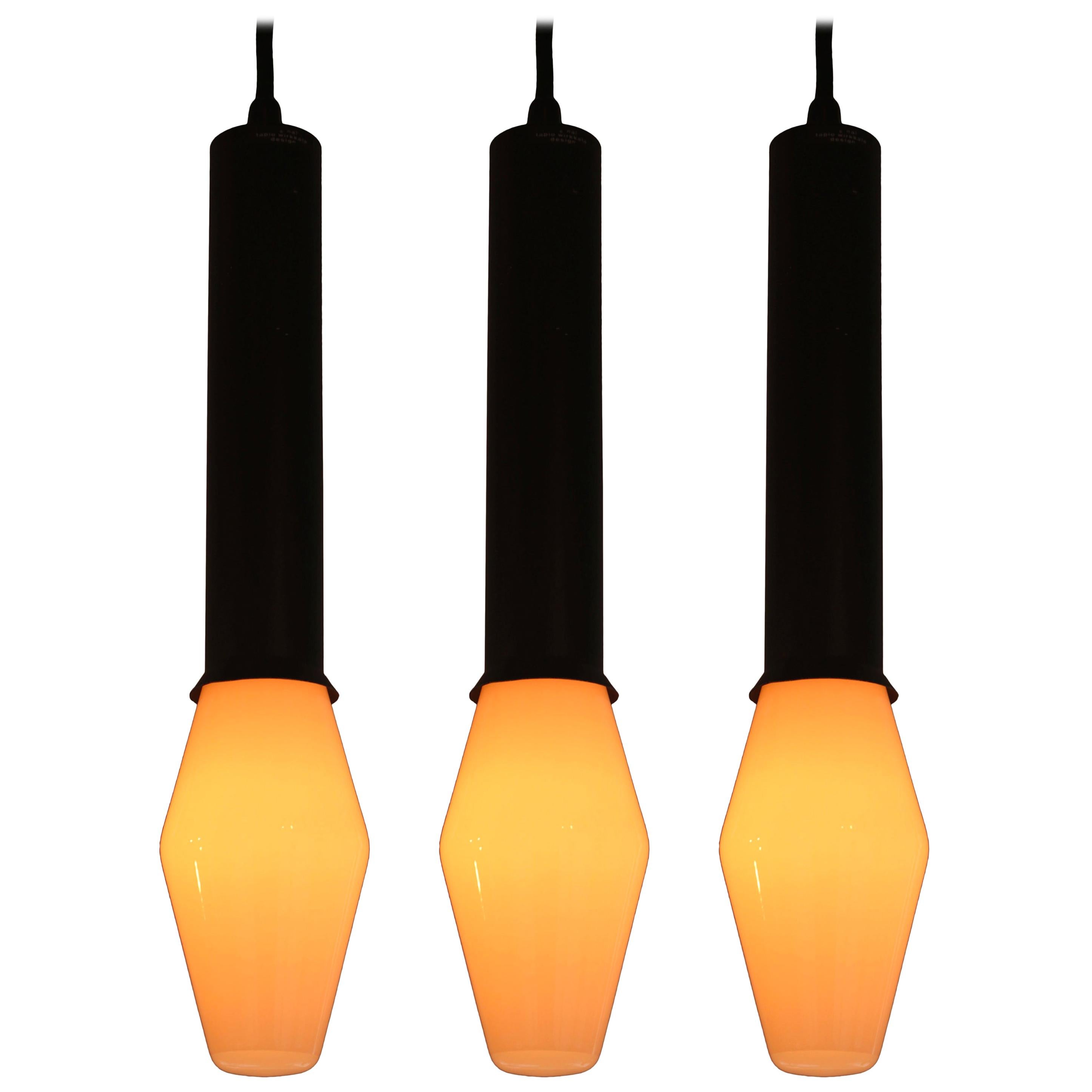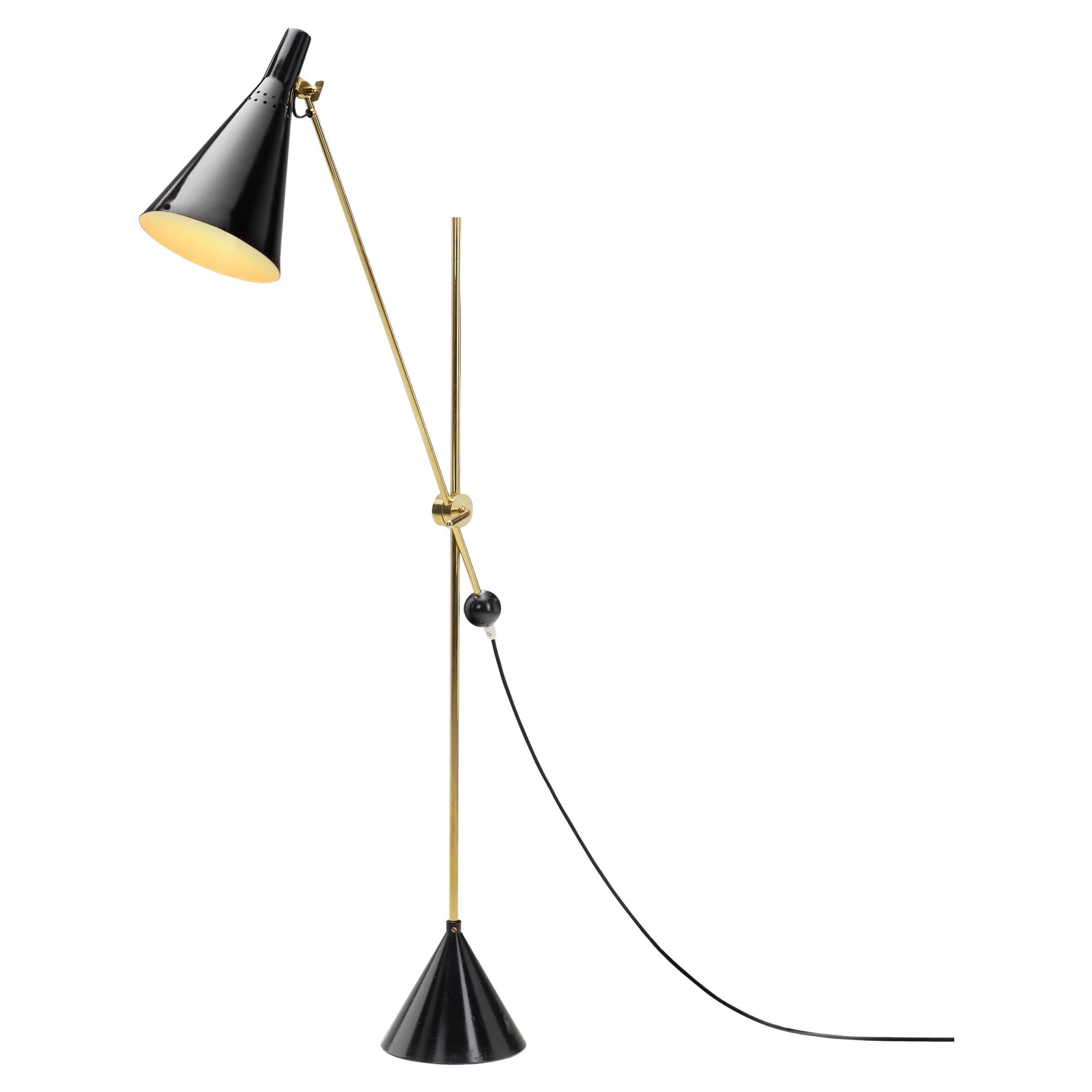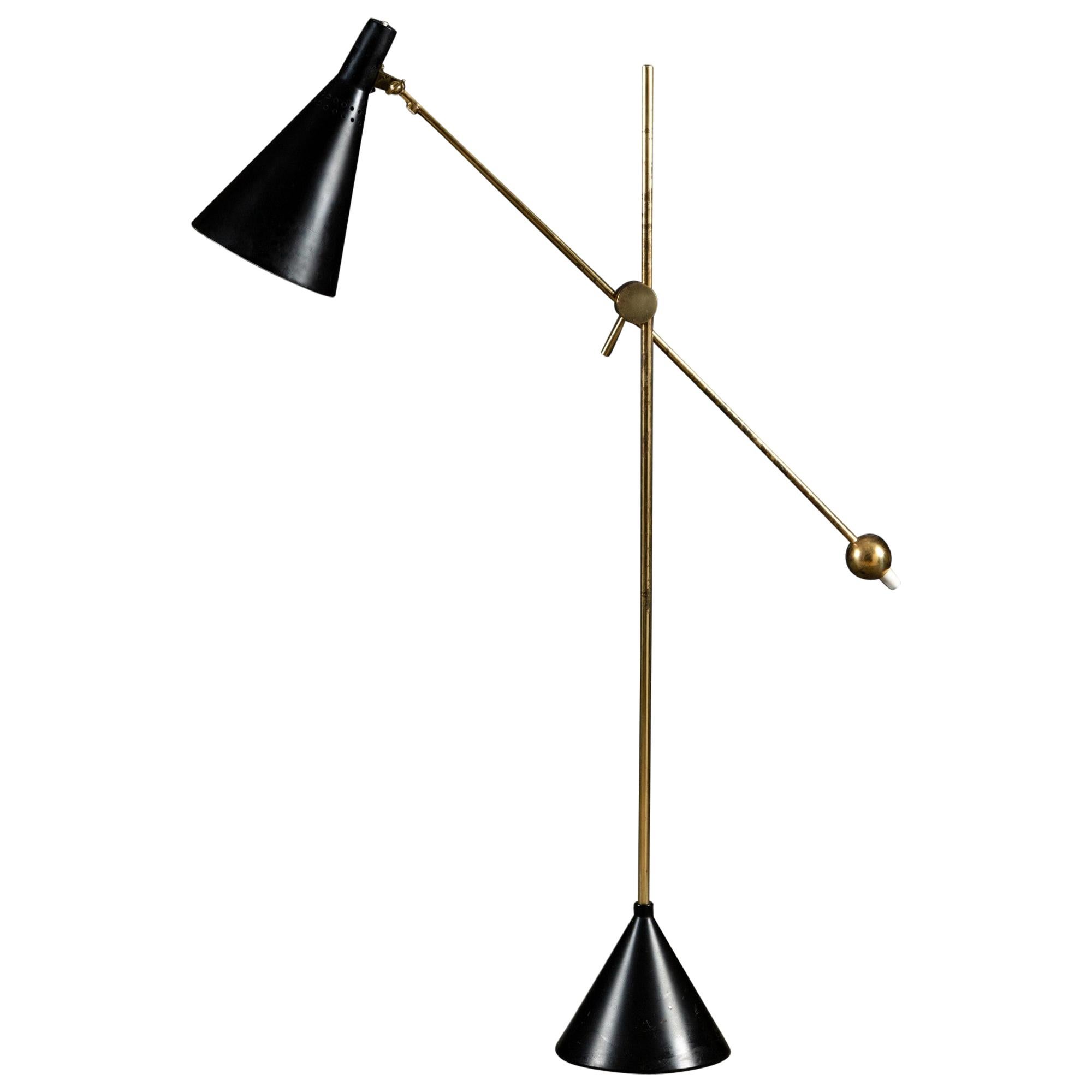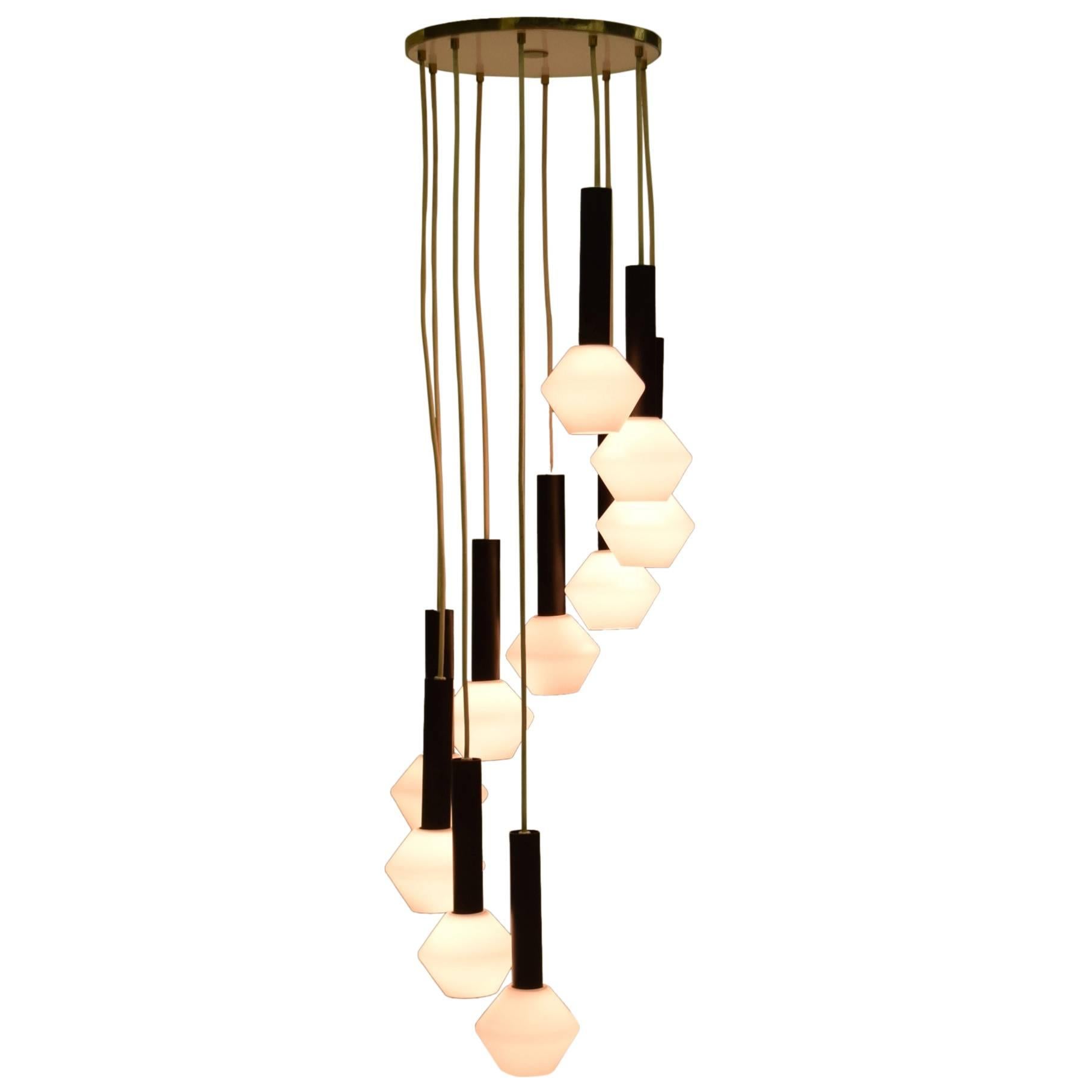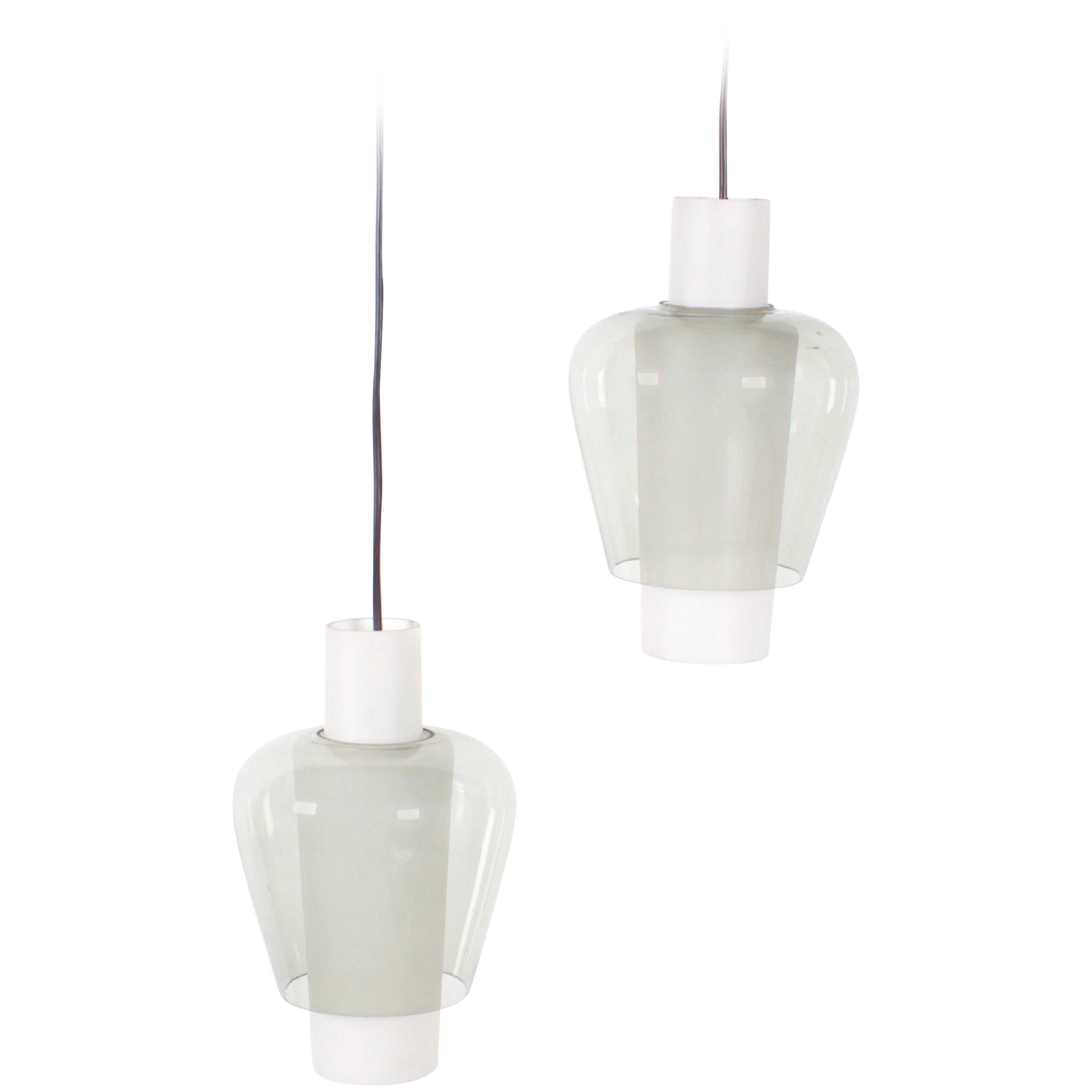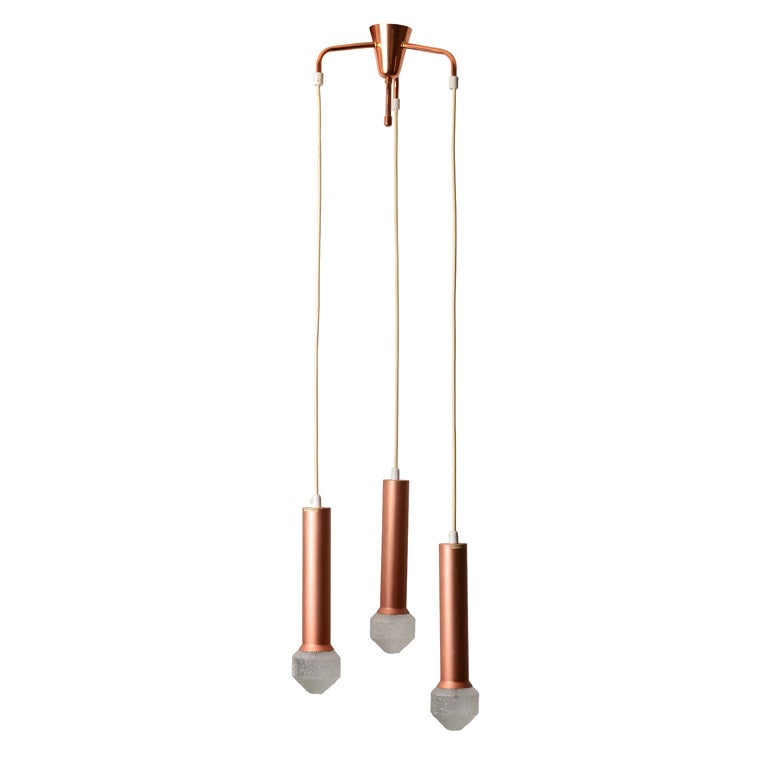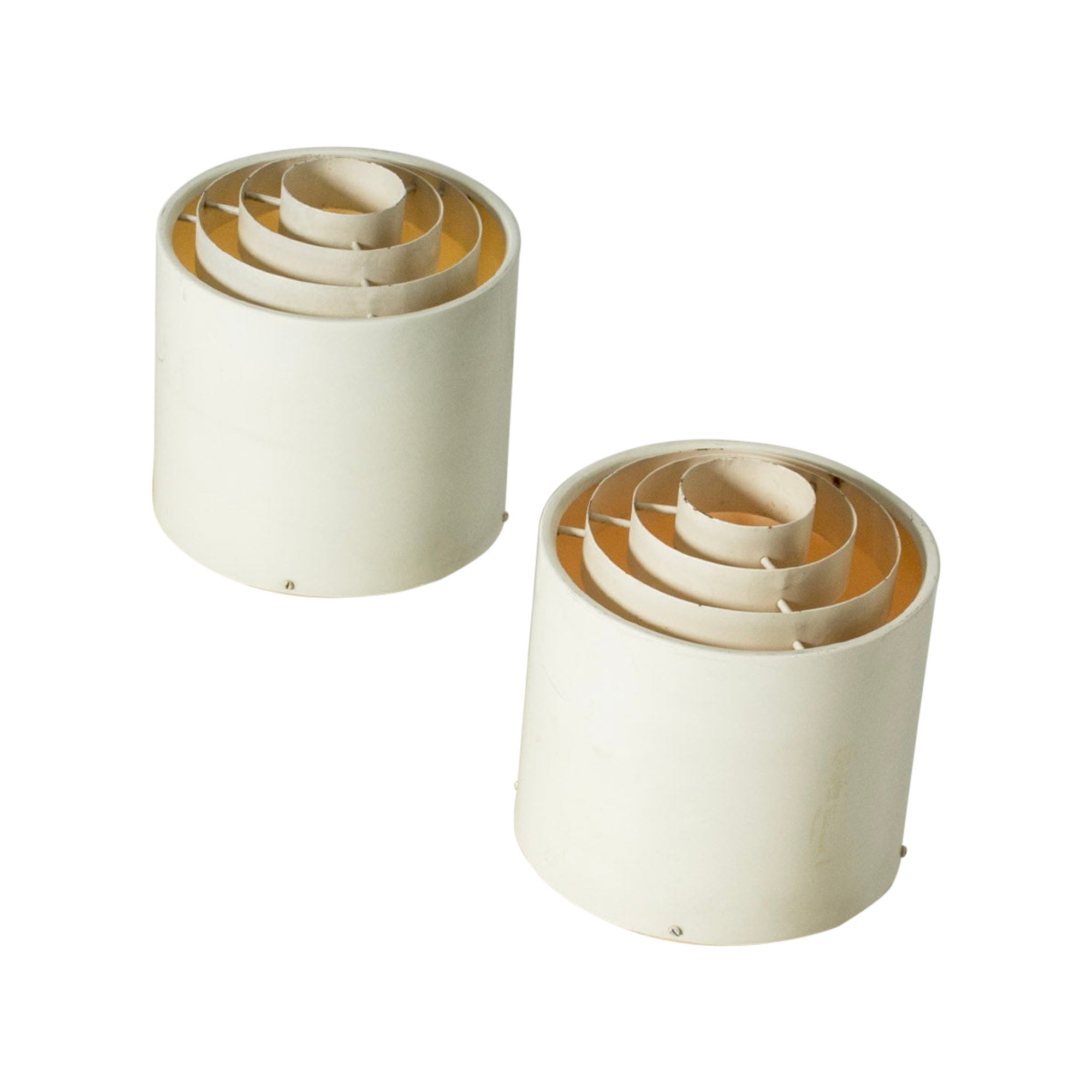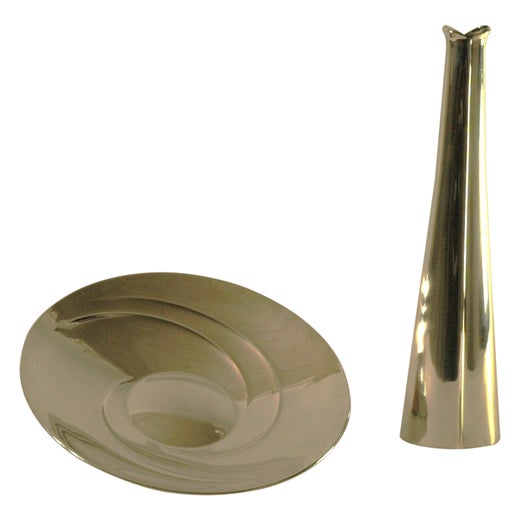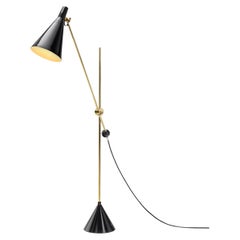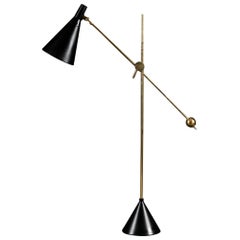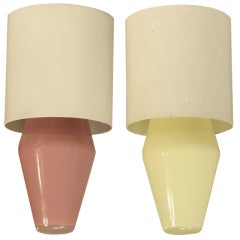
Colored Airam Lightbulbs by Tapio Wirkkala, US Voltage. Idman, Finland, 1950s
View Similar Items
Colored Airam Lightbulbs by Tapio Wirkkala, US Voltage. Idman, Finland, 1950s
About the Item
- Creator:Tapio Wirkkala (Designer),Idman and Airam (Designer)
- Dimensions:Height: 9.45 in (24 cm)Diameter: 4.53 in (11.5 cm)
- Materials and Techniques:
- Place of Origin:
- Period:
- Date of Manufacture:1950s
- Condition:new old stock in original packing.
- Seller Location:Maastricht, NL
- Reference Number:Seller: Lp.bb.IdmanWhiteWirkkalaPY.1104a1stDibs: U1211259304401
Tapio Wirkkala
Along with architect Alvar Aalto, the designer Tapio Wirkkala was Finland’s leading contributor to the Scandinavian interpretation of modernism in the mid-20th century. Prolific and innovative, Wirkkala excelled in a wide range of fields, including glass, furniture, porcelain, jewelry and tableware. The hallmark of his talent was an ability to impart a craft aesthetic based on natural forms — leaves, ice, bubbles, birds — to industrially produced designs.
A native of Helsinki, Wirkkala studied at the national School of Applied Arts and took up a career in graphic design. After serving in the Finnish army during World War II, he joined the glassmaking firm Iittala, an association that would continue to the end of his life. Wirkkala learned every aspect of glassmaking in keeping with his belief that an artist-designer should be involved in all stages of production. His best-known works for Iittala are vases and drinking vessels that resemble either carved ice or icicles. In 1956, Wirkkala began a long relationship with the porcelain maker Rosenthal, for whom he designed elegant table pieces, such as the Finlandia coffee service and the biomorphic Pollo vases.
House Beautiful magazine declared Wirkkala’s Leaf platter the “most beautiful object” of 1951. (The acclaim led to his brief employment stint with industrial designer Raymond Loewy in New York.) That platter was one of the first designs Wirkkala made using laminated sheets of plywood sanded to a smooth surface that resembles an abstract leaf. It would go on to become a motif in many Wirkkala furniture pieces — most notably in inlaid coffee tables for Asko — and in a sense these are the works most emblematic of his personal aesthetic.
Wirkkala was a traditionalist in many ways, but he had a modernist’s practical approach, incorporating his leaf-like spirals into simple, functional objects. That is the core attraction of Wirkkala’s designs: They stand out with a striking, sculptural energy yet blend in as part of a warm and comfortable decor.
Find vintage Tapio Wirkkala furniture on 1stDibs.
- 1960s Tapio Wirkkala Pendants for IdmanBy Idman and Airam, Tapio WirkkalaLocated in Glendale, CA1960s Tapio Wirkkala pendants for Idman, executed in black painted metal and rare blown-glass architectural bulbs. Retains original manufacturer's label and rare original boxes for a...Category
Vintage 1960s Finnish Scandinavian Modern Chandeliers and Pendants
MaterialsMetal
$3,800 / set - Tapio Wirkkala Model "K10-11" Floor Lamp for Idman, Finland 1950sBy Tapio WirkkalaLocated in Utrecht, NLThe “Crane” is evidence why Tapio Wirkkala can be described as one of the icons of Finnish design and a symbol of the international success of post-war Finnish design. He was a versatile designer and artist who could shift fluently between different materials and crossed established professional boundaries. Wirkkala’s far-reaching career spanned multiple fields, from furniture design to sculpture and other art objects, and this can be clearly traced in this floor lamp. It functions as an art object just as much as a utilitarian lamp. With its slender shape and a brass and black lacquered body, this lamp is a great modernist piece that stands out in any space. The ingenious structure allows the height to be adjustable, and the design customizable. The main design elements are placed around the main functional parts, namely the shade, the adjusting rod, and the base. The sculptural brass rods cross each other similarly to a crane, and inspired the nickname of this model. The black lacquered conical shade and base, as well as the spherical counterweight stand out against the bright brass and add a modern edge to the design. The shade is lacquered white inside, creating a pleasant effect when the lamp is lit. Idman’s label engraved on the brass handle. Idman produced the models of some of the most renowned Finnish lighting designers of the time, including Tapio Wirkkala, Mauri Almari and Maria Lindeman. Unlike other aesthetic movements, Mid-Century Modern design was streamlined, while highlighting the materials used. The vibe of this “Crane” floor lamp is fresh, retro-tinged, and completely alluring with its dedication to quality and practicality wrapped up in beautiful design that will never go out of style. Condition: In good vintage condition. Wear consistent with age and use. The brass has a beautiful patina. Dimensions: 26.37 in W x 7.08 in D x 51.39 in H (height is adjustable) 67 cm W x 18 cm D x 128 cm H (height is adjustable) Literature: Tuula Sakalari, Katri Lehtova, Werner Söderström, “Suomalaisia Tuolej”, Osakeyhtio, Helsinki, 2012, pp. 96 & 97 About the designer: Tapio Wirkkala (1915-1985) can be described as one of the icons of Finnish design and a symbol of the international success of post-war Finnish design. He was a versatile designer and artist who could shift fluently between different materials and crossed established professional boundaries: he worked on everything from refrigerators to banknotes and from furniture to striking jewels. The most important materials for Wirkkala were wood and glass – he never ceased to explore the possibilities they offer. Tapio Wirkkala studied sculpture at the Helsinki Central School of Industrial Design from 1933 until 1936, but he was also a self-studied artist in many areas, including glass design. His success as a glass artist began in 1946 when he designed one of his most famous works, the Kantarelli vase, for Iittala. Wirkkala gained worldwide success in 1951 at the Milan Triennial, where he received three Grand Prix awards: for the exhibition architecture, glass design and wooden sculptures. Many of his glass works for Iittala were also awarded later in the 1950s at the Milan Triennial. In the years 1951-1954, Wirkkala worked as the artistic director of Helsinki Central School of Industrial Design. In 1955, he received a Pro Finlandia medal and in 1972 the Academy of Finland's honorary title of academician. The first mass-production glassware range designed by Wirkkala was the Tapio series launched in 1954. The popular Ultima Thule glassware range, created in 1968, was based on the so-called ice glass technique, and the designer himself was involved in developing it at the Iittala glass factory. Wirkkala also received important commissions from abroad: in the mid-1960s he started to design glass objects for Venini Glassworks in Italy, where he created the Bolle bottles for the Venice Biennale collection in 1966. One of Wirkkala’s most significant commissions abroad was the work at the Rosenthal porcelain factory in Germany: he worked as a freelance designer for Rosenthal for almost 30 years, and the most influential result was the Paper Bag vase (1977), still today one of Rosenthal’s best-selling products. Tapio Wirkkala was also a furniture designer and a sculptor. He started his career as a sculptor in the 1930s, but abandoned the traditional sculpture in the post-war years. The result was a series of unique plywood sculptures which combined form and movement in the vibrant, densely lineated surface of plywood. Wirkkala’s sculptures represented exceptional abstractionism and gave Finnish sculpture...Category
Vintage 1950s Finnish Mid-Century Modern Floor Lamps
MaterialsBrass
- Tapio Wirkkala Model K10-11 Floor / Table Lamp, Made by Idman, Finland, 1950sBy Idman, Paavo Tynell, Tapio WirkkalaLocated in London, GBTapio Wirkkala Model K10-11 Floor / Table Lamp, made by Idman, Finland in the 1950s. Brass and painted metal. Height if the lamp is adjustable - can be used as a floor or a table lam...Category
Vintage 1950s Finnish Scandinavian Modern Floor Lamps
MaterialsMetal, Brass
- Ten-Tier Cascading Chandelier by Tapio Wirkkala for Oy Airam AB, FinlandBy Tapio WirkkalaLocated in South Charleston, WVA rare and monumental ten-tier pendant cascading chandelier by Finnish master designer Tapio Wirkkala, produced by Oy Airam AB of Finland with cased opaline glass shades. Some designs have the bulb he designed for Airam forming the diamond shape whereas in this example the opaline diamond shapes are glass shades and particularly uncommon. Measures: 60" tall (though can be extended to much longer lengths), 19" wide. Each pendant is 13.5" long and 5" wide and takes a 25 watt bulb. The ceiling mounting plate is 15" wide. Cords are slightly warped only in the photo from having been packed and will settle out to be straight after a few days after being hung. See the 4th photo as the lamp was prior to removal. Produced sometime between 1960 and mid-1970s and with ten pendants, it is one of the largest examples to be found anywhere and a very fine example of vintage modernist lighting...Category
Mid-20th Century Finnish Mid-Century Modern Chandeliers and Pendants
MaterialsBrass, Steel
- Tapio Wirkkala Model K10-11 Floor or Table Lamp, Made by Idman, Finland, 1950sBy Idman Oy, Tapio WirkkalaLocated in Wargrave, BerkshireTapio Wirkkala Model K10-11 Floor / Table Lamp, made by Idman, Finland in the 1950s. Black enamelled metal conical shade with pierced detail on brass adjustable stand with cantilev...Category
Vintage 1950s Finnish Scandinavian Modern Floor Lamps
MaterialsMetal, Brass
- Two Beautiful Glass ‘Suomi’ Pendants by Tapio Wirkkala, Finland, 1950sBy Tapio WirkkalaLocated in Echt, NLSet of Tapio Wirkkala ‘Suomi’ pendants in very good condition. Handblown glass. Made of two pieces, an opaline inner shade which is covered with a transparent grey colored glass sh...Category
20th Century Finnish Scandinavian Modern Chandeliers and Pendants
MaterialsMetal
